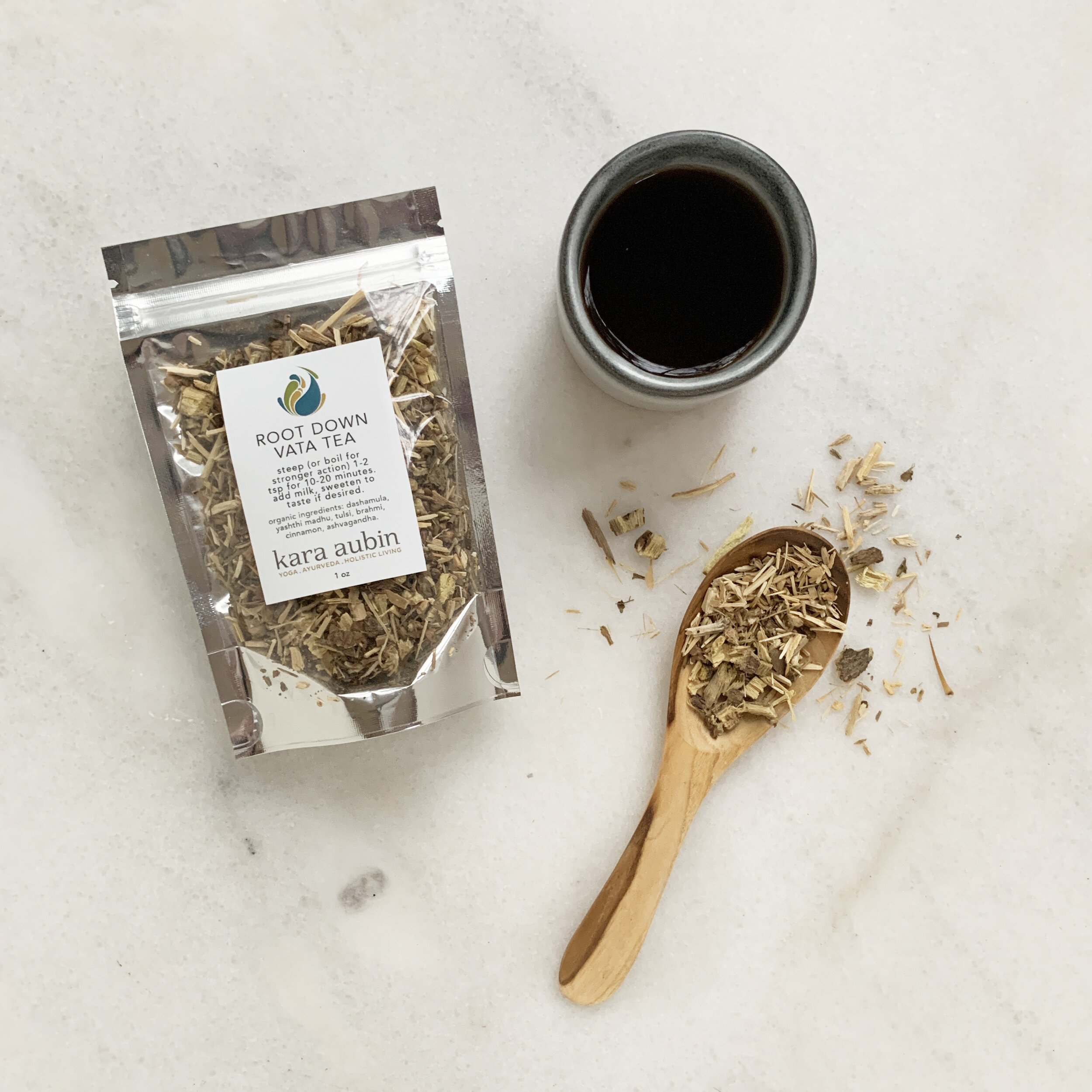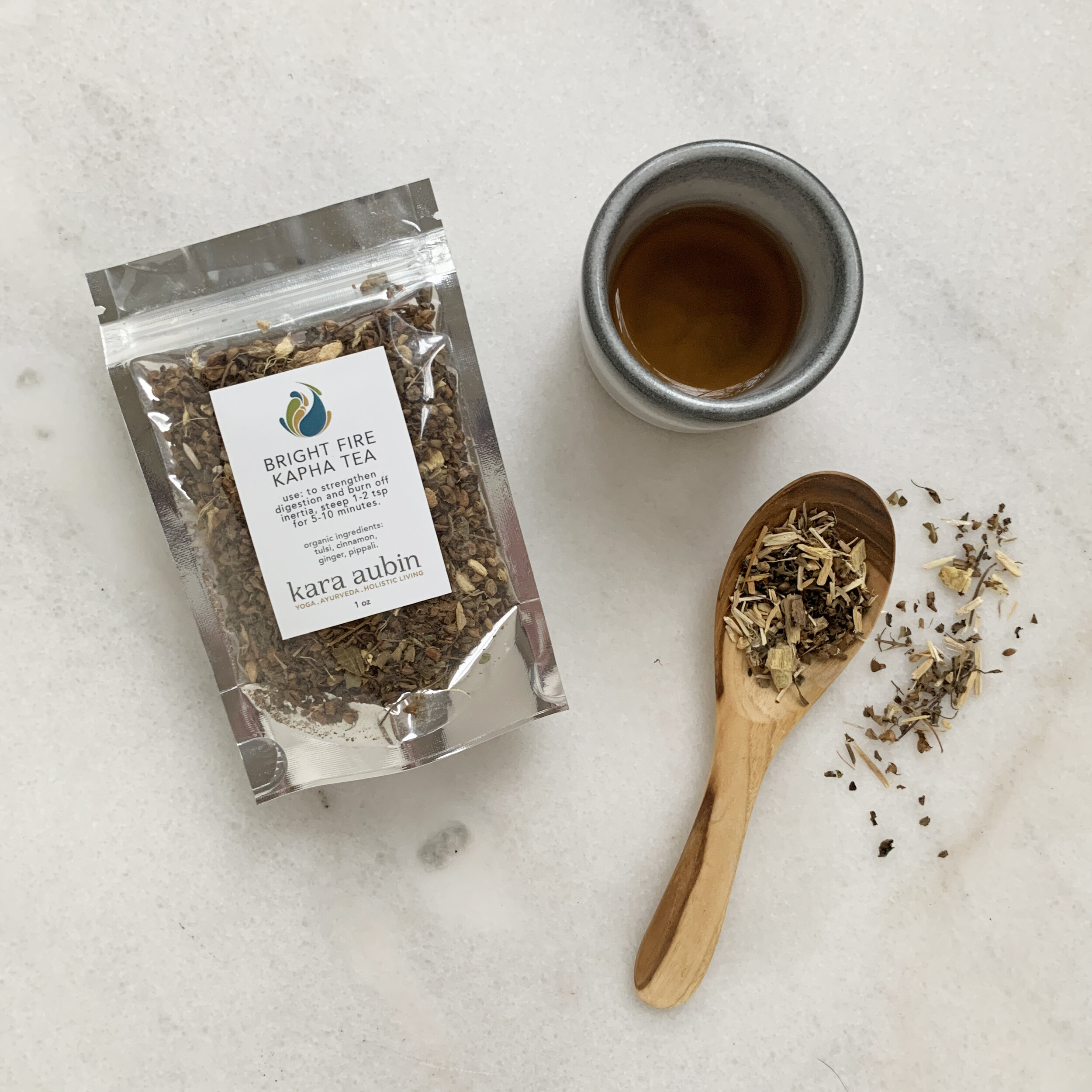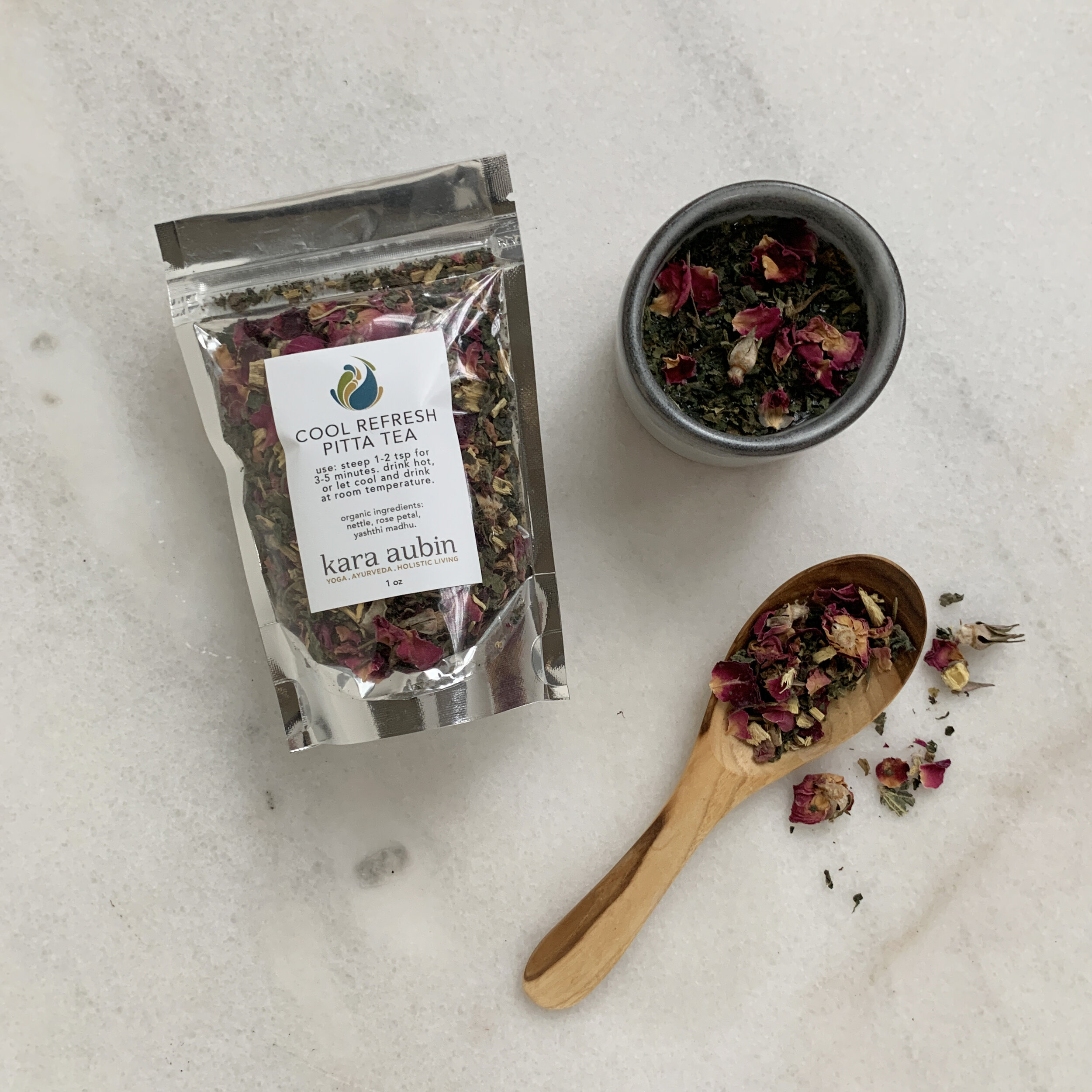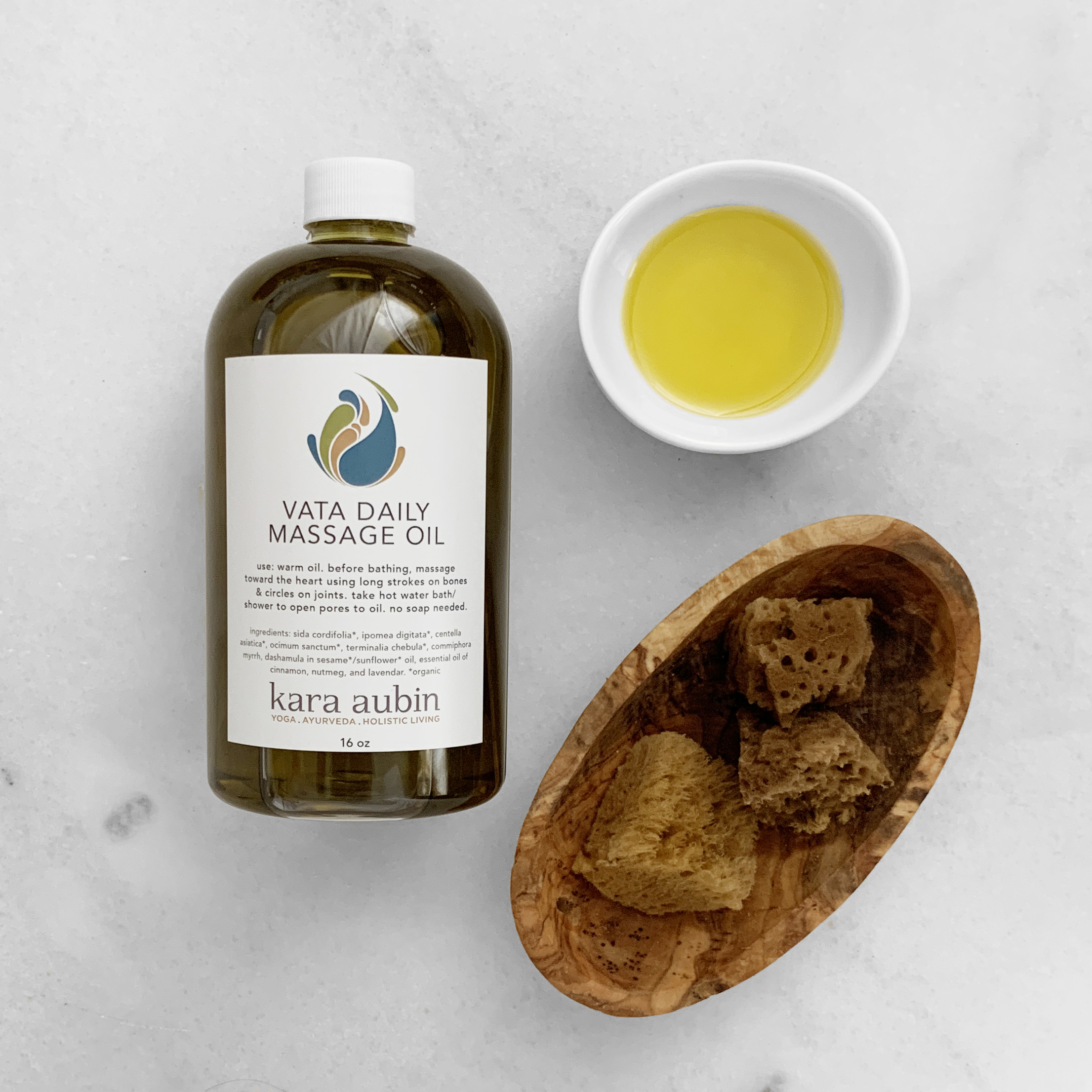dinacharya: fall edition
ayurveda and seasonal transitions
According to Āyurveda, seasonal transitions, in particular the transitions from spring to summer, and from summer to fall, are times when more care and attention must be given to maintain doshic balance.
Successfully navigating a seasonal transition while maintaining good health and wellness requires a level of self-knowledge and awareness so that one can learn to cultivate balance between ourselves and the environment that we live in.
If we do not go about taking care of our bodies during these transitions, imbalances in the body may manifest as allergies, cold, flu, congestion, or any number of ailments.
“When the seasons change, we experience a sympathetic internal shift. All life-forms open themselves up to receive cosmic redirection from nature during these crucial seasonal transitions, so we are likely to be more vulnerable and unsettled. ”
vata dosha
The qualities of Vata dosha are cold, dry, light, rough, mobile, subtle, and clear. With a dominance of these qualities in the macro environment in the fall, we must find ways to pacify, or balance Vata dosha so that we do not become overwhelmed with Vata.
Vata shows up in many ways in the external environment during this transition; cooler temperatures, more movement/mobility (in the form of wind), drier air, the manifestation of rough qualities (think dry, crunchy leaves), and a quality of lightness in the air.
The micro environment of the body begins to take on these qualities, which can look like:
Cold: coldness/numbness in hands and feet, poor circulation
Dry: dry skin, lips, and scalp, constipation
Light: feeling ungrounded, busy mind
Rough: cracking skin, carelessness, rigidity
Mobile: restlessness, racing thoughts, insomnia, irregular appetite
Subtle: feeling ungrounded, insomnia, weight loss, fear/worry/anxiety
Clear: forgetfulness, losing things (where are my keys!)
practices to cultivate balance
Creating a healthy, seasonally appropriate dinacharya goes a long way ways to pacify Vata dosha. Remember that in order to balance dosha, you must utilize opposite qualities. Introduce qualities of hot, oily, heavy, slimy, static, gross, and cloudy. Here are some of our favorite ways to pacify dosha to stay balanced this fall:
Cultivate Stability. Perhaps the most effective way to manage excess Vata is to create rhythm and routine. Having places to anchor meal times, sleep times, and other activities is very grounding and calming to Vata dosha. Consider finding stability in one of our weekly asana classes.
Practice Abhyanga. We love abhyanga! A very effective way to combat stress, anxiety, and overwhelm. Abhyangha promotes longevity, joint health, and is moisturizing and cleansing. It also helps to balance the doshas, promote deep relaxation, and a peaceful mind. Visit our blog to read more about how to perform this ritual, and shop the apothecary to get your doshic daily massage kit.
Eating Appropriate Foods. Since we interact with food three times a day, proper food/spices are very important. Make sure you are eating warm, well spiced meals. Sign up for an Āyurvedic Nutrition Consultation with Stephanie Velo for seasonal guidance.
Schedule a Shirodhara. This traditional Āyurvedic treatment is a form of oil therapy in which a continuous stream of warm, medicated oil is poured over the forehead and 3rd eye. Shirodhara facilitates a deep state of relaxation and had a profound impact on the nervous system. Find relief from busy mind, difficulty focusing, anxiety, stress, and fatigue. Book a shirodhara here.
Daily Self-Care. It’s all the small things, too. That cup of tea before bed, the extra layer to keep heat close to the body, the aromatherapy you wear, the practice of nasya and ear oiling. Explore the products below and develop a friendly relationship to Vata dosha this fall.
related posts
loved what you learned? feeling inspired? share this article with someone who would benefit!
you can also share via the social icons below.





























